Pros and Cons of IPS Display Panels
Screen technology plays a pivotal role for many when choosing devices, be it tablets, phones, or laptops. Currently, three leading screen technologies dominate the market: TN TFT, IPS, and OLED.
This article delves into IPS, or In-plane Switching, which is a part of the TFT LCD (Thin-Film Transistor Liquid-Crystal Display) family.
Historically, IPS technology was introduced in 1996 to address two major challenges faced by TN (Twisted Nematic) TFT LCDs: limited viewing angles and low-grade color accuracy.
In terms of composition and functionality, IPS displays resemble other members of the TFT-LCD family. They comprise a backlight for illumination, followed by two polarizing filters, liquid crystals (which serve as polarizing agents), and transistors. Their arrangement can be summarized as: backlight - filter - liquid crystal and transistor - filter.
As electricity is supplied, the transistor manipulates the liquid crystal. This determines which light rays are transmitted and which are blocked. Each liquid crystal corresponds to a pixel. Subsequently, the transmitted light is filtered to produce colored pixels.
A significant innovation in IPS technology lies in the adjustment of liquid crystal movement. Unlike the rotating motion found in TN panels, IPS crystals move in a straight or parallel fashion. This minimizes scattered light, enhancing both viewing angles and color fidelity.
However, although IPS addresses some of TN's flaws, it's not without its own limitations. Like all technologies, IPS displays come with their advantages and disadvantages. For a comprehensive understanding, continue reading this article.
Pros of IPS Display
IPS displays offer at least six notable benefits. These advantages encompass not just their core features but also unique attributes that set them apart from other screen types. Here's a detailed breakdown:
1. Cost-Efficiency Compared to OLED

While IPS LCD displays tend to be pricier than other TFT LCD variants, they are substantially more cost-effective than OLED displays.
According to a 2018 report by IHS (Information Handling Services), the production cost for a 6-inch IPS screen with a notch design is approximately $18.41. In contrast, manufacturing an OLED screen of a slightly smaller size (5.9 inches) costs a notable $28.18.
This cost differential explains why IPS displays are commonly used in budget-friendly phones, tablets, and laptops. On the other hand, OLED technology is typically reserved for premium and high-end devices.
2. High Refresh Rate Capabilities
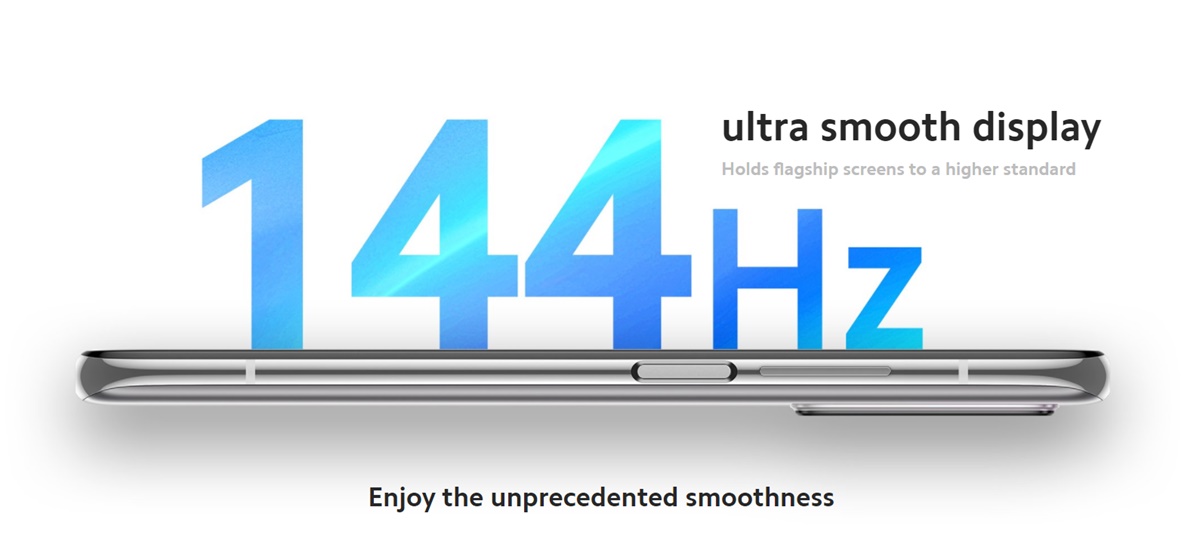
A standard visual experience for the human eye involves viewing images that refresh around 60 times per second. However, if the video playback speed increases, it's possible for the viewer to detect a disjointed or staggered motion.
IPS displays address this issue effectively. Modern IPS screens are designed to support high refresh rate technology. In today's market, devices like phones, tablets, and laptops can be found boasting refresh rates ranging from 90 to 144 Hz.
The advantage of such high refresh rates is the increased number of images displayed per second, ensuring fluidity in the visuals. This results in a seamless experience, whether you're quickly scrolling through social media apps or indulging in high-frame-rate gaming.
3. Superior Color Reproduction

As previously mentioned, IPS displays were developed to address the primary limitations of TN screens, and color accuracy is one of these addressed issues. Indeed, IPS screens produce colors that are both vibrant and true to life.
Additionally, these displays boast a broader color spectrum. It's no surprise that most contemporary IPS screens cover 100% of the sRGB color space, and often even exceed this benchmark. Such screens with 100% sRGB coverage are ideal for content creators, catering to their needs in graphic design, photography, and video editing.
4. Broad Viewing Angles
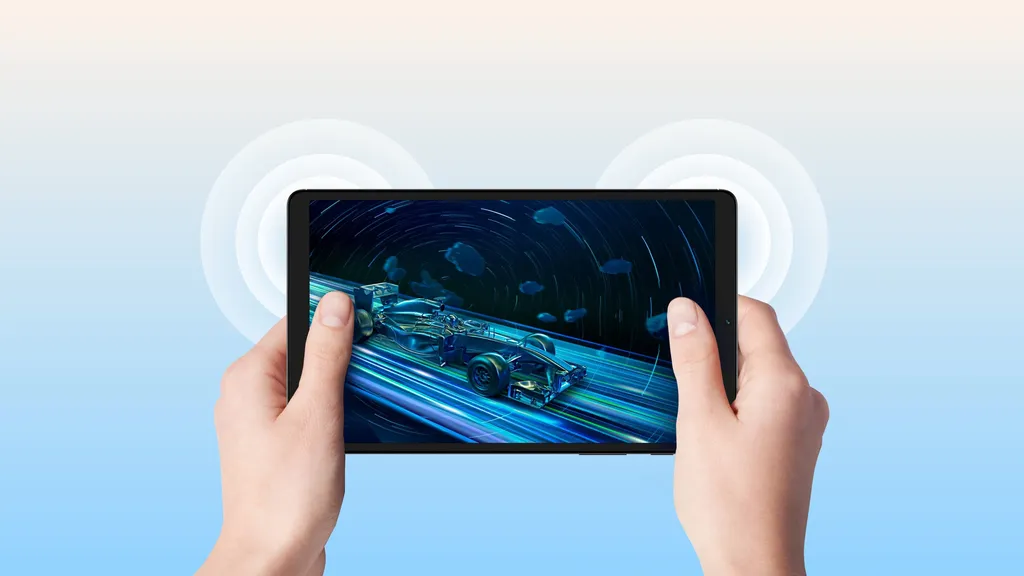
In an experiment showcased on the ExplainingComputers YouTube channel, two monitors – one with a TN panel and the other with an IPS panel – were put to the test. Both monitors were rotated horizontally (from left to right) to assess the consistency of their displays.
Interestingly, both screens maintained a pleasing visual quality when observed this way, indicating the improvements in modern TN panels. However, the game changed when the monitors were tilted vertically (from top to bottom).
While the IPS monitor continued to display crisp and vibrant visuals even when viewed from an acute angle below, the TN panel started to show a decline in clarity, and the colors began to wash out. This experiment underlined the superior viewing angles of the IPS panel, highlighting its advantage over the TN's restricted viewing range.
5. Enhanced Visibility Under Bright Sunlight
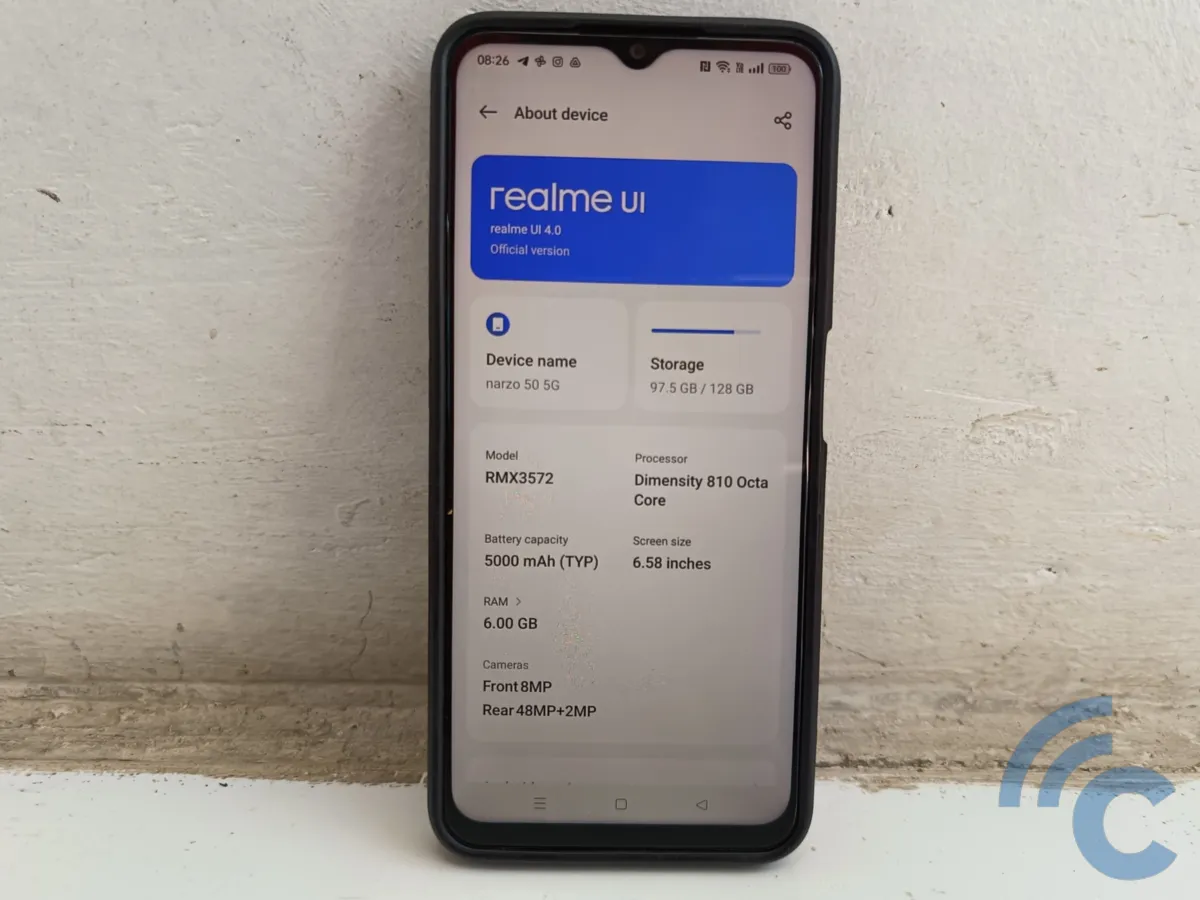
The advancements in IPS technology aren't limited to viewing angles alone; they also extend to visibility in bright environments. While both IPS and TN screens rely on a backlight as they can't produce their own light, many of today's IPS displays utilize LED lights for their backlighting. LEDs are renowned for their brightness, surpassing traditional backlight lamps.
This enhancement ensures that IPS screens maintain clear visibility, even when used outdoors under intense sunlight. Premium IPS displays go a step further, supporting HDR content which necessitates the capability to display elevated brightness levels.
6. Longer Lifespan
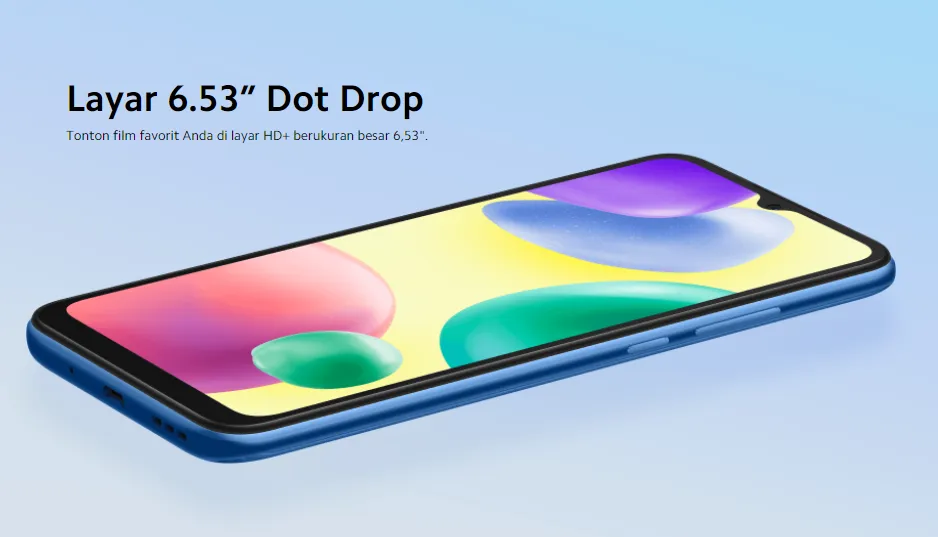
IPS displays are known for their longevity, often serving reliably for a span of 10 to 20 years. In comparison to OLED screens, this durability remains highly competitive. For instance, OLED manufacturer LG asserts that its panels can last up to 100,000 hours, roughly equivalent to 11 years.
However, over those 100,000 hours, OLED screens are not immune to the potential risk of the burn-in effect. Burn-in refers to the permanent discoloration or ghosting on the screen due to prolonged display of static images, compromising the overall quality of the display. Such issues are notably absent in IPS screens, further cementing their reputation for durability.
Cons of IPS Display
Having explored the six advantages of IPS displays, it's equally important to consider their drawbacks. Here are some potential downsides to be aware of when it comes to IPS technology.
1. Lower Color Intensity

While IPS displays have made significant strides in addressing the color reproduction issues commonly seen in TN panels, they still lag behind OLED screens in terms of color intensity.
The primary reason is the relatively lower contrast ratio in IPS screens. The blacks aren't as deep, and the whites aren't as luminous, often imparting a bluish tint to the display. Consequently, visuals may appear less vivid and lifelike, especially when viewing HDR content.
Apple has managed a workaround for this inherent limitation of IPS technology. In their iPad Pro 12.9 (2021) model, they integrated 10,000 mini-LEDs to enhance the contrast ratio and brightness of the IPS display, thereby pushing the boundaries of what's possible with this technology.
2. Response Time
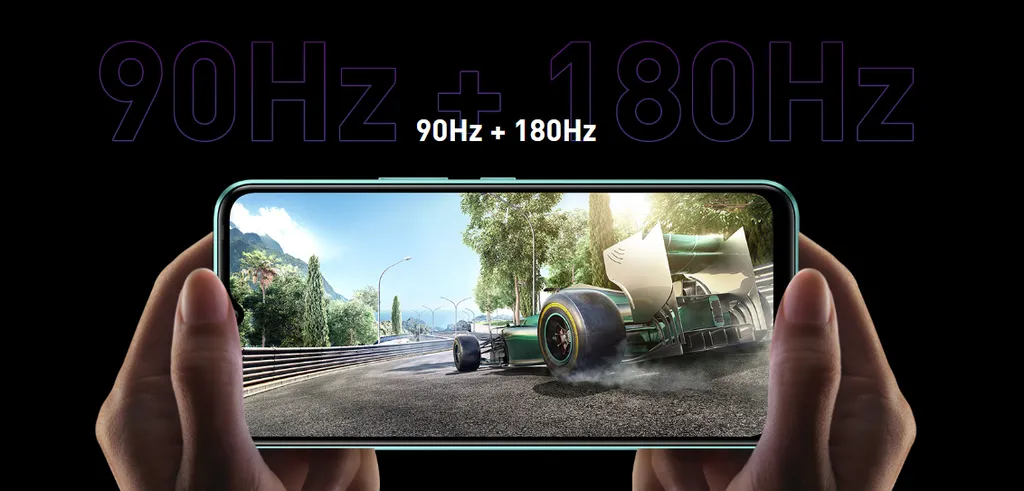
Given a choice between a 60 Hz OLED display and a 90 Hz IPS display, which would you opt for? Some might gravitate towards the OLED despite its standard refresh rate, and that choice has merit.
The primary advantage OLED holds over IPS is its quicker response time, which refers to the duration a pixel takes to change from one color to another. An OLED display can achieve this in as little as 0.1 milliseconds, while the fastest IPS screens take around 4 milliseconds. In fact, IPS panels are four times slower in response time compared to TN displays.
For gamers, especially, this response time is crucial as it directly affects gameplay, requiring rapid reactions. So, while opting for a 60 Hz OLED might mean sacrificing smoother visuals, it compensates with a more immediate, tactile response.
3. Thickness and Limitations with Fingerprint Sensors
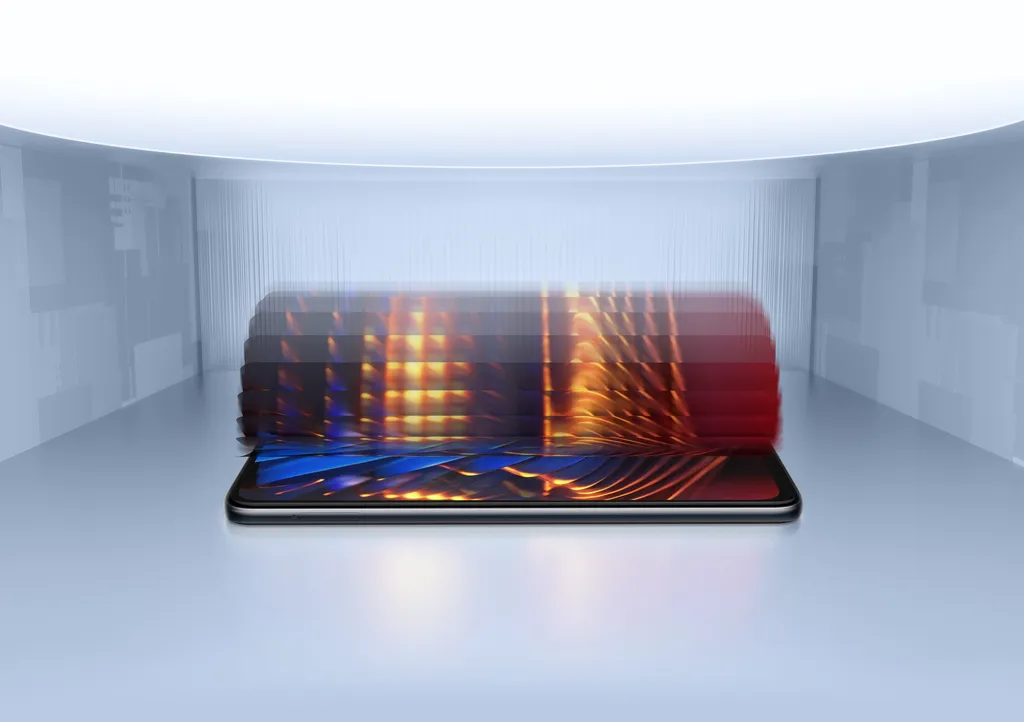
Despite the advancements in IPS technology, in terms of slimness, OLED displays still come out ahead. The structural intricacy of IPS screens is the main reason. An IPS panel requires a backlight situated behind the liquid crystal layer, adding to its thickness. In contrast, OLED panels do away with this requirement, as each individual LED is self-luminous.
This structural distinction also poses challenges for integrating certain features into IPS displays. As of now, they are ill-suited for optical on-screen fingerprint sensors. Optical fingerprint sensors need adequate light to capture an image of the fingerprint, as well as sufficient space within the screen to house a miniaturized camera.
IPS panels fall short on both fronts. Their inherent backlighting doesn't produce the requisite light intensity for optical sensors, and the rear portion of the display, being occupied by the backlighting system, leaves no room for camera integration.
It remains to be seen if IPS displays can be adapted for ultrasonic fingerprint sensors in the future. Such sensors operate differently, relying on the reflection of ultrasonic waves to map a fingerprint and thus, don't necessitate a camera or intense light source. However, as of the last update, this integration remains a speculative possibility.
4. Energy Efficiency Concerns

The energy consumption of an IPS display is largely influenced by its backlighting. If a power-intensive backlight is utilized, the overall energy consumption of the display will naturally be elevated. It's estimated that IPS displays consume approximately 15% more power than their TN counterparts and almost ten times more than OLED displays.
The heightened power consumption of IPS over TN is a trade-off for superior display quality, necessitating more energy. When compared with OLED, IPS displays fall short in energy efficiency primarily because their backlight remains perpetually active, even when displaying the color black.
In contrast, OLED screens exhibit superior power efficiency for black or dark visuals, as individual LEDs are turned off to produce the color black, thereby conserving energy. However, that a device's overall energy efficiency isn't solely dictated by its display type. With optimized power management strategies, a device equipped with an IPS display can potentially outlast one with an OLED screen in terms of battery life.
Conclusions
IPS displays represent a significant advancement from TN screens and are arguably the pinnacle within the TFT LCD family, primarily due to their superior viewing angles and color accuracy.
Owing to their longstanding presence in the market, IPS displays often come with a more favorable cost of production when compared to newer display technologies. This economic advantage is further accentuated by their extended longevity.
IPS displays also tend to offer a more natural color palette, which might not resonate with contemporary consumers who lean towards more vibrant hues. Moreover, challenges like diminished responsiveness, higher power consumption, and the inability to accommodate certain features like fingerprint sensors remain.
Nonetheless, the enduring relevance of IPS screens is a testament to their competitive quality. The preference for devices featuring IPS displays, ultimately, lies in individual user priorities and tastes.
